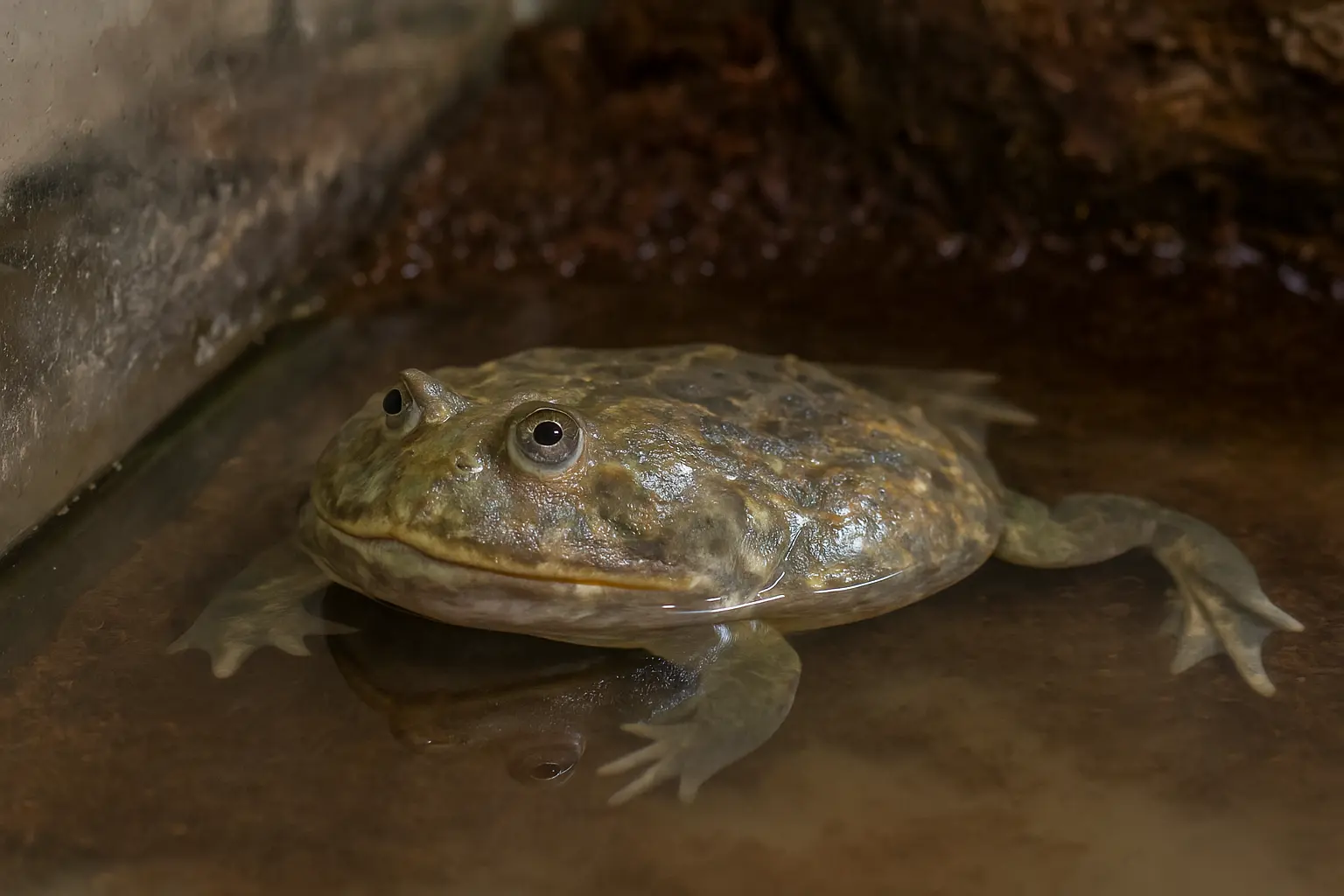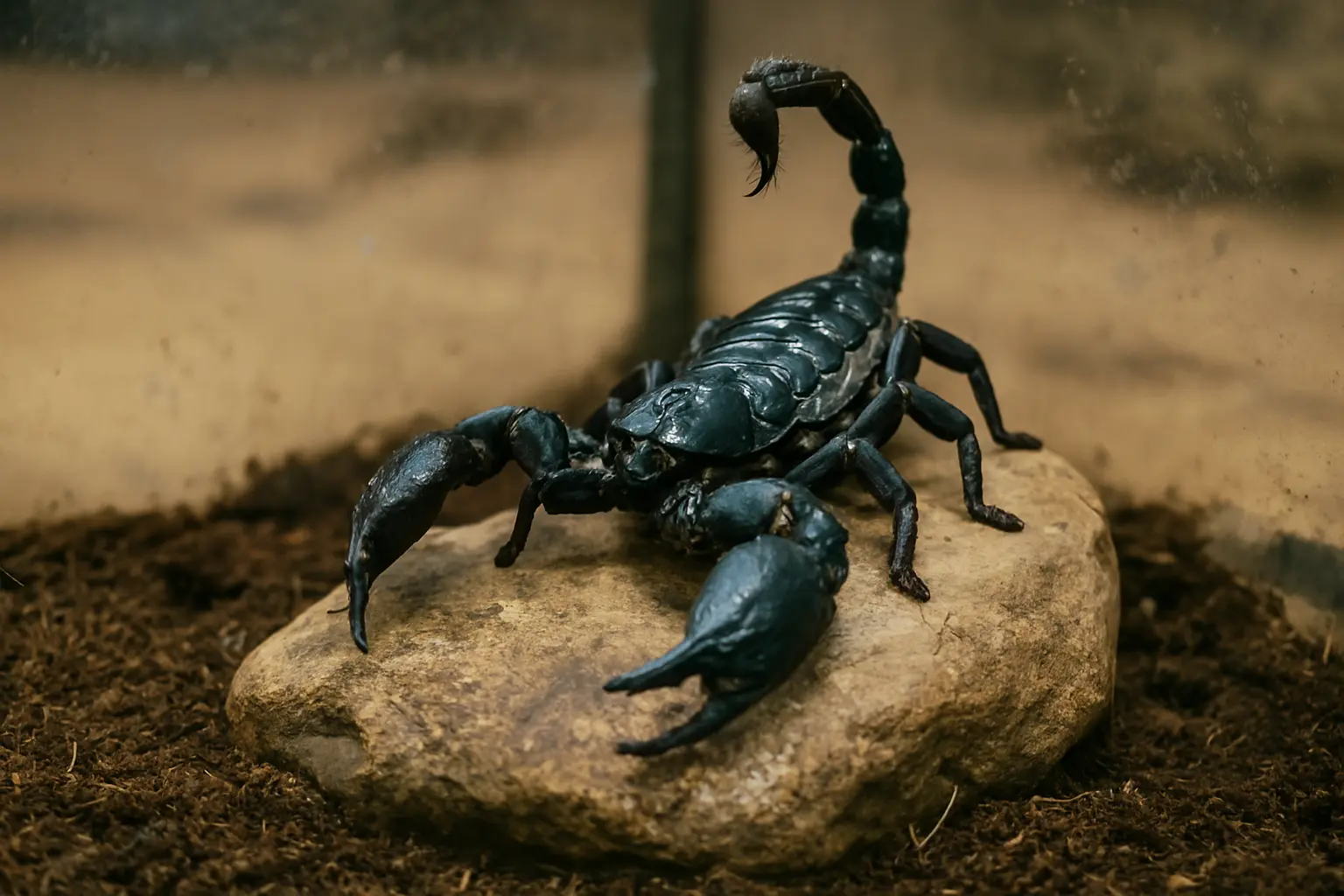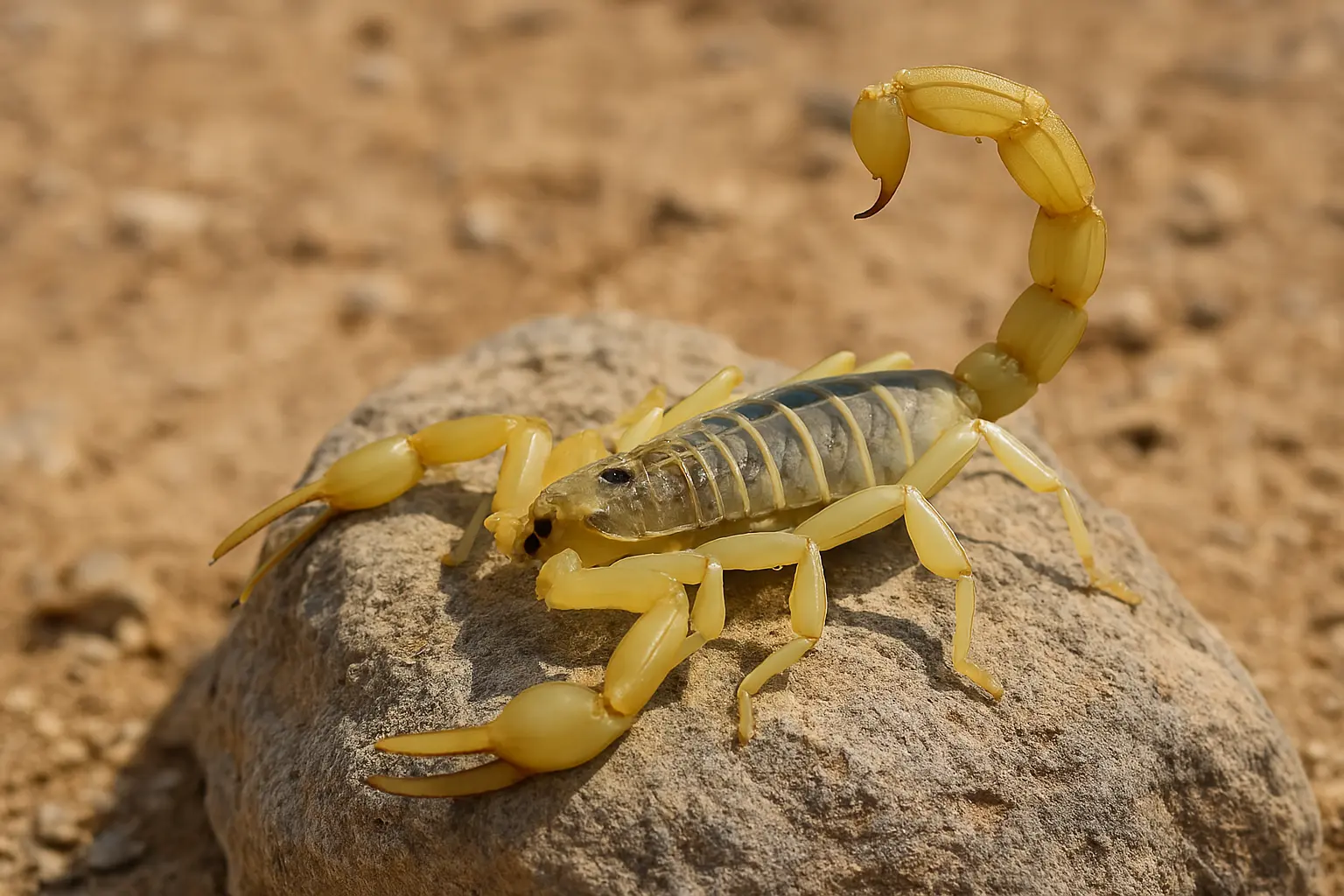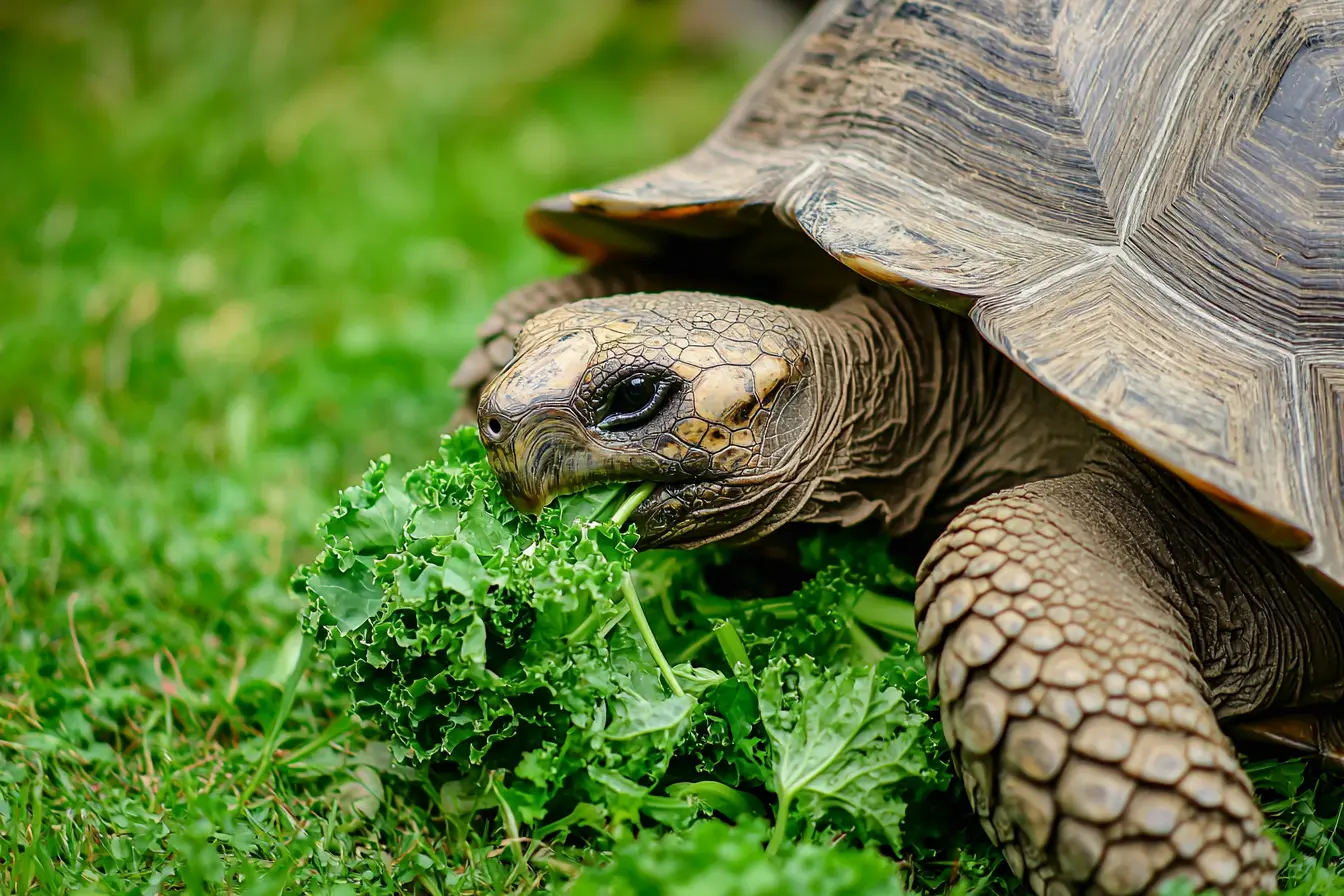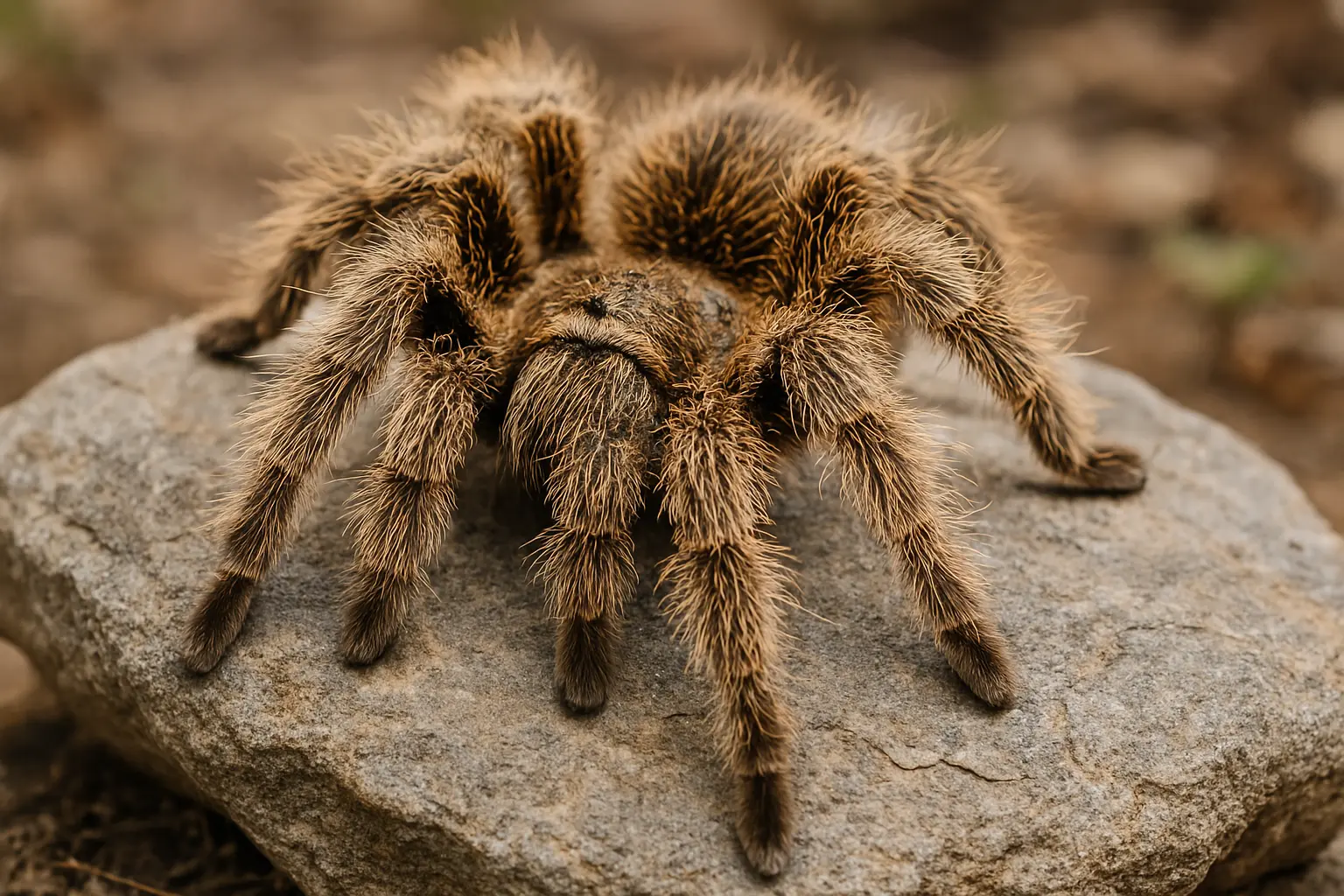
A Comprehensive Guide to Owning a Curly Hair Tarantula
The curly hair tarantula (Tliltocatl albopilosus, formerly Brachypelma albopilosum) is a favourite among tarantula enthusiasts, particularly for beginners. With its fluffy, curled hairs and calm temperament, this species is not only visually appealing but also relatively easy to care for. In this guide, we’ll cover everything you need to know about owning a curly hair tarantula in the UK.
Why Choose a Curly Hair Tarantula?
Curly hair tarantulas are native to the forests and scrublands of Central America, particularly in Nicaragua and Costa Rica. Their adaptable nature and forgiving care requirements make them ideal for first-time tarantula keepers. Here are some reasons to consider this species:
- Calm and Docile Temperament: Curly hairs are known for being laid-back and rarely aggressive.
- Unique Appearance: Their golden-brown curled hairs give them a distinctive and adorable "fluffy" look.
- Hardiness: They are tolerant of slight variations in care conditions, making them beginner-friendly.
- Longevity: Females can live 10-20 years, while males typically live 5-7 years.
- Low Maintenance: They require little upkeep and have minimal ongoing costs.
Housing Your Curly Hair Tarantula
Enclosure
A well-prepared enclosure is essential for your tarantula’s health and comfort. Here’s what you’ll need:
- Size: An adult curly hair tarantula requires an enclosure that is about 30x30x30 cm. For juveniles, a smaller container is sufficient until they grow.
- Material: Glass or plastic terrariums with secure lids are ideal.
- Substrate: Use 5-10 cm of coconut fibre, topsoil (free of pesticides and chemicals), or a mix of the two. This allows the tarantula to burrow slightly if desired.
- Ventilation: Ensure proper airflow to prevent mould and maintain a healthy environment.
Decor and Hiding Spots
- Hide: Provide at least one hide, such as cork bark, a hollow log, or a small flowerpot turned on its side.
- Minimal Decorations: Avoid cluttering the enclosure. As a terrestrial species, they don’t require climbing materials.
Temperature and Humidity
- Temperature: Maintain a range of 22-26°C. A heat mat attached to the side of the enclosure (never underneath) can help regulate temperatures during colder months.
- Humidity: Keep humidity levels at 65-70%. Lightly mist the enclosure as needed but avoid making it too damp. Ensure the substrate remains mostly dry to prevent mould growth.
A thermometer and hygrometer are essential tools for monitoring these conditions.
Feeding Your Curly Hair Tarantula
Diet
Curly hair tarantulas are insectivores, and their diet should consist of:
- Crickets
- Locusts
- Dubia Roaches
- Occasionally Mealworms (as a treat, since they are high in fat)
Feed adult tarantulas once every 7-10 days. Juveniles require smaller, more frequent feedings, about every 5-7 days. Remove uneaten prey within 24 hours to prevent stress or potential injury.
Water
Provide a shallow water dish at all times. Ensure it is cleaned and refilled regularly. Sponges are unnecessary and can harbour bacteria.
Handling Your Tarantula
Curly hair tarantulas are one of the calmer species and are more tolerant of handling than others. However, handling should always be done sparingly to minimise stress and reduce the risk of injury to your tarantula.
If you choose to handle your tarantula:
- Wash your hands to remove any strong scents.
- Gently coax your tarantula onto your hand using a soft paintbrush or similar tool.
- Avoid sudden movements and keep handling sessions brief.
Note: Curly hair tarantulas may flick urticating hairs as a defence mechanism. These hairs can irritate skin or eyes, so handle with caution.
Health and Common Issues
Curly hair tarantulas are generally hardy, but it’s important to monitor their health:
- Lethargy: This could indicate dehydration, poor husbandry, or illness.
- Refusal to Eat: This is normal before moulting but could be a concern if it persists for several weeks without other signs of moulting.
- Abnormal Appearance: Look for swelling, discolouration, or injuries.
Moulting
Moulting is a natural process for all tarantulas. Signs of an impending moult include:
- Loss of appetite.
- Reduced activity.
- Dull or darkened colouration.
During moulting, it is crucial not to disturb your tarantula. Ensure humidity levels are appropriate, and do not offer food until the new exoskeleton has hardened (usually 5-7 days after moulting).
Legal and Ethical Considerations
In the UK, owning a curly hair tarantula is legal and requires no special permits. However, it’s essential to source your tarantula responsibly:
- Purchase from Reputable Breeders: Choose captive-bred tarantulas to avoid contributing to the illegal wildlife trade.
- Commitment: With a potential lifespan of up to 20 years for females, ensure you are prepared for a long-term commitment.
Cost of Ownership
Curly hair tarantulas are affordable to keep. Here’s an overview of the typical costs:
- Tarantula: £20-£50, depending on size and sex.
- Enclosure Setup: £50-£100, including the terrarium, substrate, and decor.
- Food: £5-£10 per month for live insects.
- Utilities: Minimal additional costs for heating and monitoring equipment.
Final Thoughts
The curly hair tarantula is a fantastic pet for both beginners and seasoned keepers. With its gentle nature, unique appearance, and straightforward care requirements, it provides a rewarding and fascinating experience for tarantula enthusiasts.
Before bringing a curly hair tarantula into your home, ensure you’re well-prepared and committed to providing the care and attention they need. With proper husbandry, these remarkable creatures can thrive and bring years of enjoyment.
Related Vets
Vets near you
Speciality vets
- Aquatics vet specialists
- Birds vet specialists
- Camelids vet specialists
- Cats vet specialists
- Cattle vet specialists
- Deer vet specialists
- Dogs vet specialists
- Equines vet specialists
- Exotic vet specialists
- Goats vet specialists
- Pigs vet specialists
- Poultry vet specialists
- Sheep vet specialists
- Small Mammals vet specialists
- Wild vet specialists
